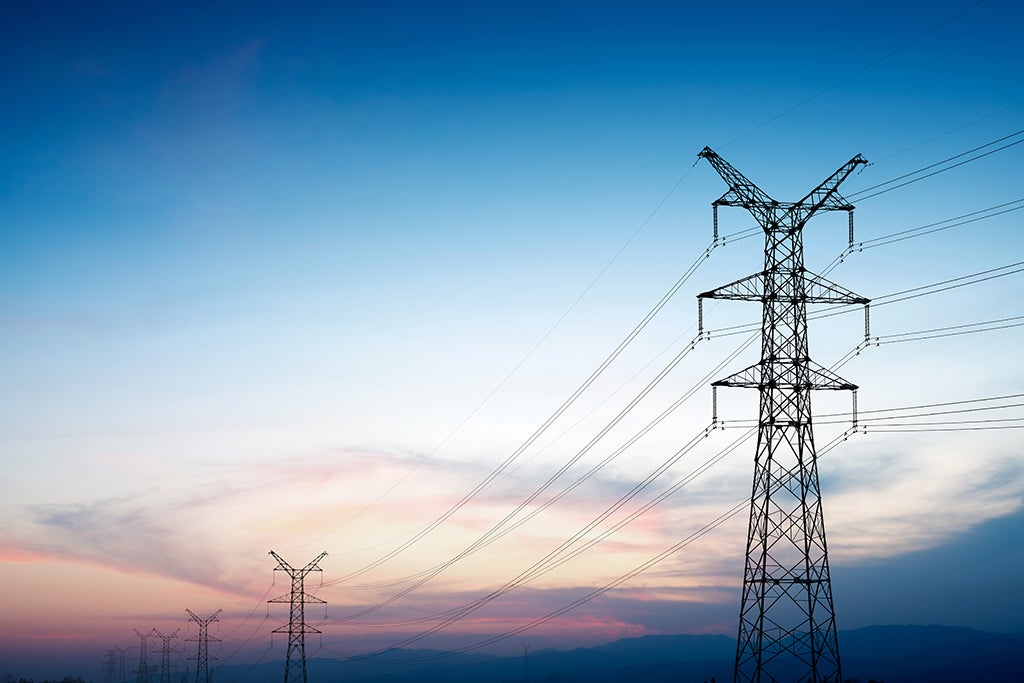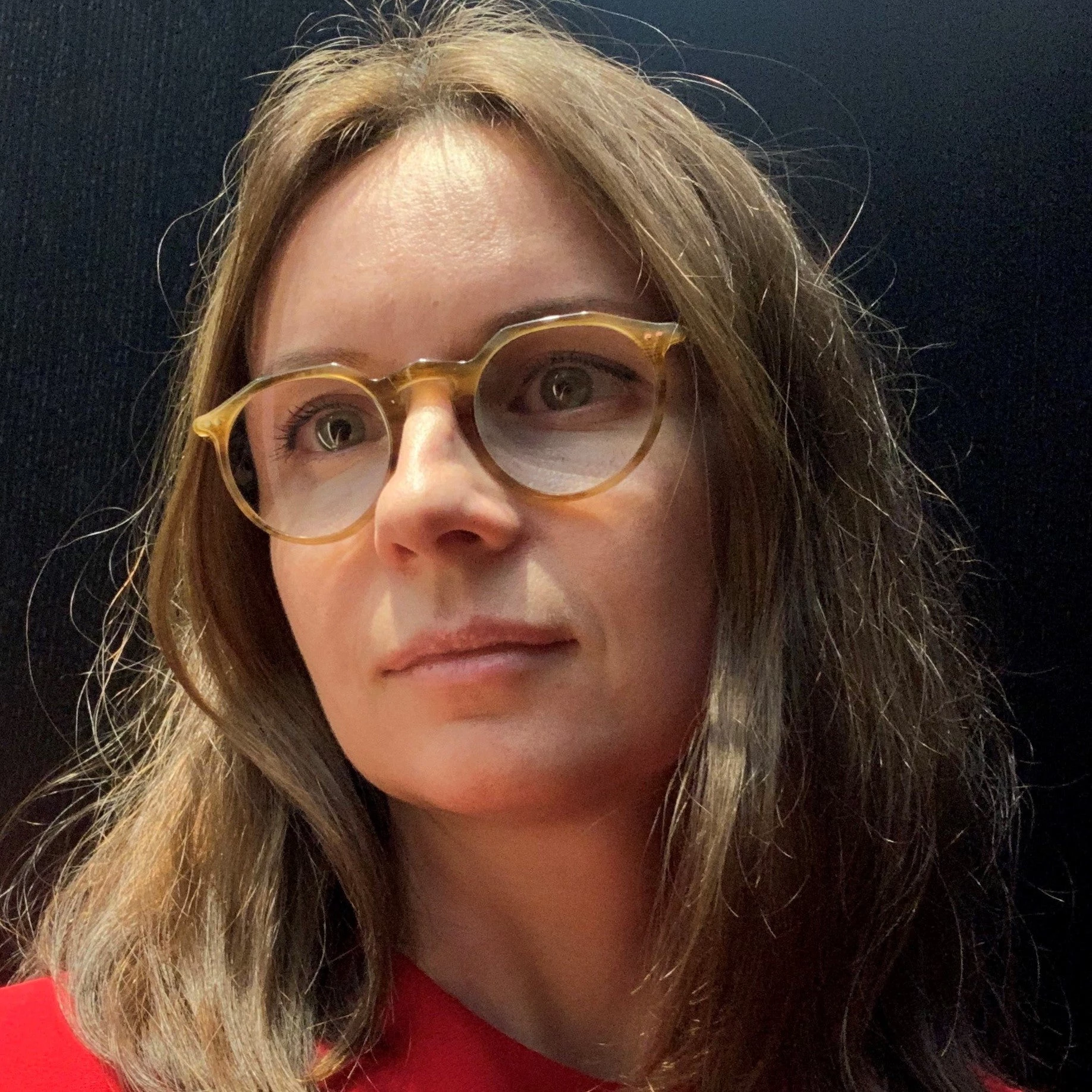
Photo: gui jun peng/Shutterstock.com
In many parts of the world, the sharing economy is ever-present for individuals, allowing them to use personal assets—for example, houses and cars—to their fullest potential. If you plan to be away for a period of time, why not rent your space for a few extra bucks?
Such a phenomenon exists in infrastructure economics, where the level of asset utilization matters for end-cost. As more consumers use the same infrastructure more frequently, the unit cost for all consumers goes down. Recent projects combining expertise from the World Bank’s digital development and energy teams demonstrate this.
Digital and electricity networks connect consumers in similar ways. Both require wide distribution networks, yet the cost to build or extend these networks is significant. By sharing networks and working together, these two sectors can help one another achieve access and service quality goals while sharing the costs.
While end users see digital connectivity moving towards wireless models, it’s worth highlighting there is a strong cable infrastructure behind all wireless connections. High-quality wireless services require speeds of light, only accessible through fiber optic cables behind the Wi-Fi transmitters. Coincidentally, today’s electricity grids use fiber optic cables for system supervision, grounding, control, and monitoring. It’s standard practice for these fiber optic cables to run alongside energy transmission infrastructure (see the “cat ears” in the feature image).
Yet these cables often come with more capacity than needed by energy companies, which usually take around 10 percent. This means they have spare capacity to share (or rather sell) through commercial agreements to internet service providers (ISPs). It’s a good match—energy companies get a new revenue source for the same asset base and ISPs can expand their reach on the cheap. It also allows new, smaller ISPs to enter the market, improving overall sector competitiveness.
This concept is not new. It swept across highly developed countries since the advent of telecommunications. In lower-income countries, sharing passive equipment—like concrete towers, ducts, and masts—has taken off due to obligations imposed by electronic communications regulators to promote telecom sector development. However, sharing of active equipment like the spare fiber optic capacity of energy companies remains nascent.
That energy and telecom sectors are slow to embrace infrastructure sharing of active equipment stems from regulatory factors and lack of capacity and/or awareness:
- Regulatory barriers prevent energy companies, especially electricity transmission operators, from commercializing their telecom assets. On the other hand, insufficient regulatory stimuli can limit action in this direction.
- Energy sector companies lack familiarity and knowledge of how to deal with the telecom sector and don’t have a full appreciation of the commercial and social returns of infrastructure sharing.
- ISPs are natural allies; communicate with them often. ISPs benefit from infrastructure sharing activities through access to more fiber optic capacity. Energy transmission system operators (TSOs) seeking to develop an infrastructure sharing practice should understand the ISP market, surveying their demand for spare fiber-optic assets to determine the size of the potential opportunity. In parallel, ISPs should be consistently informed about the infrastructure sharing process: relevant policy and/or regulatory changes likely to be triggered or possible changes (for example, a new business unit) within the TSO to handle this new service.
- Stay focused on the bigger picture. It should come as little surprise that TSOs, which face challenging electricity supply issues daily, do no rush to engage in infrastructure sharing. For them, energy is their primary business and they are reluctant to move away from their comfort zone by venturing into telecom business. Any revenues from infrastructure sharing activities will likely be marginal in the first stages, compared to those from electricity provision. Therefore, any start-up persuasion strategy should pivot towards painting the larger picture on how infrastructure sharing may help bridge digital access gaps and support digital transformation. No country is immune to digital infrastructure gaps.
- Better to show once than describe a hundred times. During 2014–2016, supported by a grant from the Public-Private Infrastructure Advisory Facility (PPIAF), the World Bank provided consulting support to Kosovo’s TSO KOSTT J.S.C. to operationalize an approach for infrastructure sharing. The technical assistance achieved its goal: in 2017, KOSTT signed its first contract and the second followed within half a year. In total, close to 10 percent of its fiber-optic network, around 100 kilometers, has been commercialized since by four operators. As we now reflect on this success, the key was organizing a visit to two Dutch companies (Relined B.V. and Novec B.V.) to learn from their experience. Kosovar executives were impressed with how these companies engaged in infrastructure sharing as part of their social mission. Shortly thereafter, the KOSTT Board took a strategic decision to make the company the first Kosovar public utility to offer dark fiber services in the telecommunications market.
For more information on cross-sector infrastructure sharing, see these resources:



Join the Conversation